So let me note that it is really, really conflicting for me to say that the most intricately detailed die-cast metal locomotive that I’ve ever seen is – gasp – a model of a French 4-6-2 (or a 2-3-1 using the French system of classifying engines by axle).
I know, I know. Just think of the song lyrics, “If loving you is wrong, I don’t wanna be right,” and you’ll understand my anguish.
France is not a jumbo-sized nation. In fact, it’s about the size of Texas. Like most European countries, its railway system has been tailored to fast and frequent trains, as well as shorter trains that limited distances more easily permit. French railroads have always been innovative, and they sought mechanical and operating efficiencies just as diligently as their American or British or German cousins.
One of the nicer examples of locomotion was the Chapelon 2-3-1 designed by Andre Chapelon. At the time of his creating this design in the late 1920s, the Paris-Orleans Railway (PO) had decided that electrification was the motive power of the future. Chapelon believed that there were still attainable milestones in steam locomotion, and he developed a plan to re-build one of the line’s aging Pacifics.
The result was a prototype that generated 85 percent more horsepower and was much more efficient to operate. The PO was so pleased, it ordered 31 additional locomotives rebuilt to the Chapelon standard.
When France’s Nord Railway tested a Chapelon Pacific, it ordered 20 conversions from the PO; when they ran out of candidates, the Nord ordered 28 more of the design from other builders.
Collectively, the fleet performed exemplary service until steam was phased out in France in the 1960s.
The model
A French locomotive?
And before you say “It won’t fit into the theme of my layout,” just remember that we’re three-railers.
We already have the insight to possess 50 percent more rails than O scale modelers, so I think we can be creative enough to make it work, so long as it is worthy. And I think it is.
I’m not certain that I’ve seen a model of a steam locomotive – in any scale – with as many “things to see” on the body as MTH’s 2-3-1.
From the dangling link couplers on the pilot, through the brass boiler bands, and ending with the staircase (yes, staircase) on the rear of the tender, this packs as much detail as a handmade model might.
The front of the locomotive is squat and business-like, as flat as a modern road switcher. There are two European-style bumpers, two dangling chains, a link, and a brake line. The front of the pilot is painted red, contrasting with the black appliances on the front and the black deck of the pilot top.
Two running lights are mounted on top of the pilot, equally spaced above the bumpers.
It took a bit of staring at the model’s pilot for this to sink in, but where American locomotives have the running boards rise up and over the drive wheels, this model has the deck running along a straight line a bit below the tops of the drivers.
The smokebox isn’t quite pointed, but it does have a pleasing forward arc. The metal supports representing the arms that lead to the hinges are silver in color, and the knob for the door is brass. In the center of the smokebox is the stylized French National Railways abbreviation SNCF (for Société Nationale des Chemins de Fer Français). The lettering is white on a red background.
The area around and just behind the smokebox is painted black, and behind the smokebox door is a brass-colored boiler band. Another neat accent is the fact that handrails and most conduits leading to the front of the smokebox are painted green – the primary color of the locomotive and tender.
When I first saw the smokestack in a photo, I thought it was a Geisel ejector (a very late steam-era innovation that enhanced steam locomotive efficiency), but I was wrong. It is a double smokestack in a single, long sheath. Just below and slightly behind the stack are the steam lines.
The steam lines that lead to the steam chests are pretty wacky when compared to the standard American practice. My impression is that the steam lines leave the boiler much higher and somewhat farther back than is normal practice for American locomotives. This arrangement of the steam lines makes for an especially interesting visual element as they exit the smokebox, drop downward, and then shift to the rear to reach the steam chests.
Immediately behind the stack are two air tanks. Figuring out what they are was simply based on deductive reasoning – the lines leading from them go to the air compressors on both sides of the locomotive.
Next in line is a steam dome, with a brass line going to a compressor, and a sand dome with a cast-in hatch and two added-on grab irons. Interestingly, there are lightning-bolt warning signs on both sides, presumably warning workers climbing on the boiler of the presence of overhead catenary lines.
All along the boiler you’ll find conduits that have both gentle and precise curves as required. The most intricate are those just behind the sand dome and the piping between the air tanks. Also notable is the piping along the left side of the boiler.
The cab is great. On the outside, you’ll find a grab iron that a crewman could readily get hold of. It goes along the running board and around to just below the rear cab windows, where it arcs downward to become a handrail for crewmen to mount the cab.
There are forward-angled sunshades over the front crew windows and windscreens in front of the rear cab windows (although the plastic cab windows do not actually slide open).
The backhead detail (gauges and cast-in controls) is very good, and the crew figures look suitably foreign. One crewman appears to be holding on to a brake wheel.
The running gear is chemically darkened and very elaborate. One thing that stands out is the side rod extending out the side of the steam chests. You don’t see that on a Norfolk & Western “J.” Unable to find a reference for just what it was that this rig accomplished, I contacted someone at MTH, who replied, “That rod actuates the valve. The valve is actuated from the side of the cylinder castings, unlike other engines with slide valves that are operated from the rear of the cylinder.”
Go figure.
The rod still looks great and adds another interesting visual element – even a bit of mechanical mystery – to this model.
Now let’s talk about the tender – the most interesting one I’ve seen in quite a while! Looking at the wheels and truck frames, my first impression was that they are way too large for the relative size of the tender. But from the handful of images of the prototype that I’ve been able to locate, this looks correct.
The deck of the locomotive cab extends slightly to the rear and meets a drop deck on the front of the tender. Also on the tender front you’ll find grab irons at the steps, and both sides have hinged doors. The top left side of the water bunker and the top left side of the coal bunker have grab irons for crew movement.
The bunker differs from most American standards in that it isn’t relatively straight or square, but it gently arcs toward the rear of the tender, resulting in a streamlined effect. At a point near the rear of the coal bunker, you’ll find erect screens on both sides of the tender deck.
The water hatches open and conceal controls. One houses the two-/three-rail polarity control should you wish to be swayed by the “dark side” and use this as a two-rail model. The other hides the sound volume and smoke-unit controls.
There is a circular handrail on the top of the tender deck, and at the rear of the deck and another handrail that leads down what appears to be more of a staircase than a mere ladder.
The back of the tender has two lights as well as a coil coupler mounted between bumpers.
The O gauge model comes with a couple of nice, add-on detail items: a pair of smoke deflectors and a name badge for the Golden Arrow, which you would affix to the smokebox.
Our sample comes in the green of SNCF, and the otherwise bland paint job is well executed.
The few spots where striping or lettering was applied are all clean and crisp, and the extra embellishment of the brass-colored boiler bands and the mix of green and brass conduits make this an attractive piece.
On the test track
Motor operation was exceptionally smooth and quiet.
Our low-speed average was 1.9 scale miles per hour, and our high-speed average was 70 scale mph (with the qualifier that this locomotive could probably go higher with a longer straightaway). Drawbar pull for the Pacific was 2 pounds, 4 ounces.
The model has two power pickup rollers on the locomotive, both spaced about 3½ inches apart.
The sound package is very good. While the bell is pretty indistinguishable from an American bell, the whistle has the unmistakable tone of a locomotive pulling a train loaded with espionage and intrigue.
You can trigger specific French whistle sounds as well as chatter in French. This is atmosphere to the max. And let’s be honest, the voice of some fellow with a south Alabama accent bellowing that the train was about to arrive in Paris just wouldn’t fit in.
Our sample came with a link coupler mounted on the front and a coil coupler mounted on the tender. The tender can mount four different coupler systems: a European fine-scale coupler, the MTH coil coupler installed, an Ace Trains-style coupler, and a Kadee-type mounting bracket (for scale versions only), so there is virtually no current O gauge coupling system that this model won’t work with.
I’ll confess: When I saw this French steamer in the MTH catalog, I thought “Who is going to buy this?” But after having seen, touched, and operated it, the answer became self-evident.
This Premier line model is amazingly well crafted and has a level of add-on detail I’ve not yet encountered on a die-cast metal locomotive. It also possesses solid operating characteristics. The model’s price is a bit eye opening for a 4-6-2, but you can plainly see what you get right on the sides of the boiler. This exotic steamer gets a tip of the editorial beret from me!
Price: $999.95 (no. 20-3343-1)
Features: 1:43.5 scale, O-42 operation, die-cast metal construction, can-style motor, optional smoke deflectors and pilot with link/buffer to replace knuckle coupler on rear of train
Staff comments: C’est magnifique! – Carl





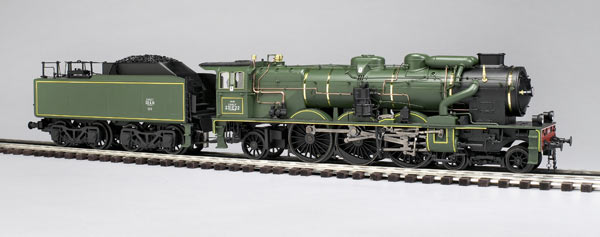

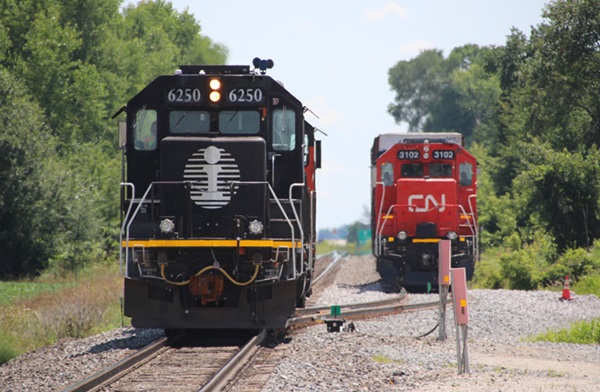
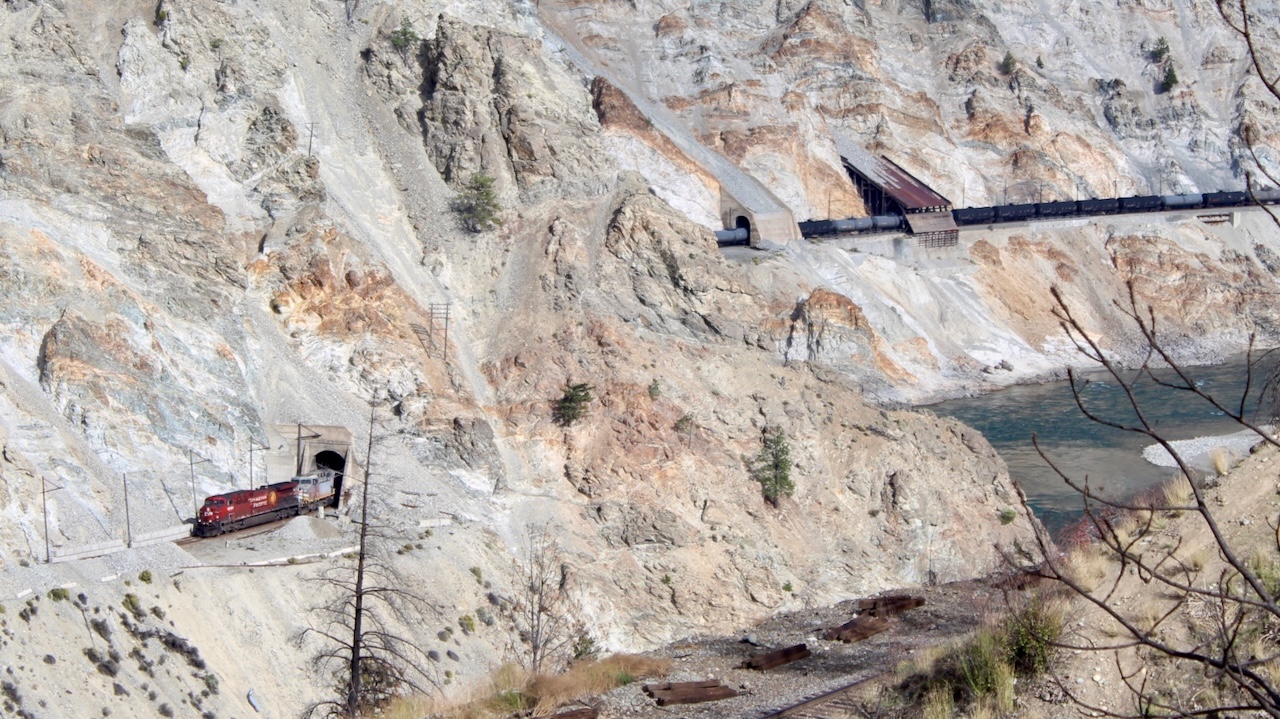
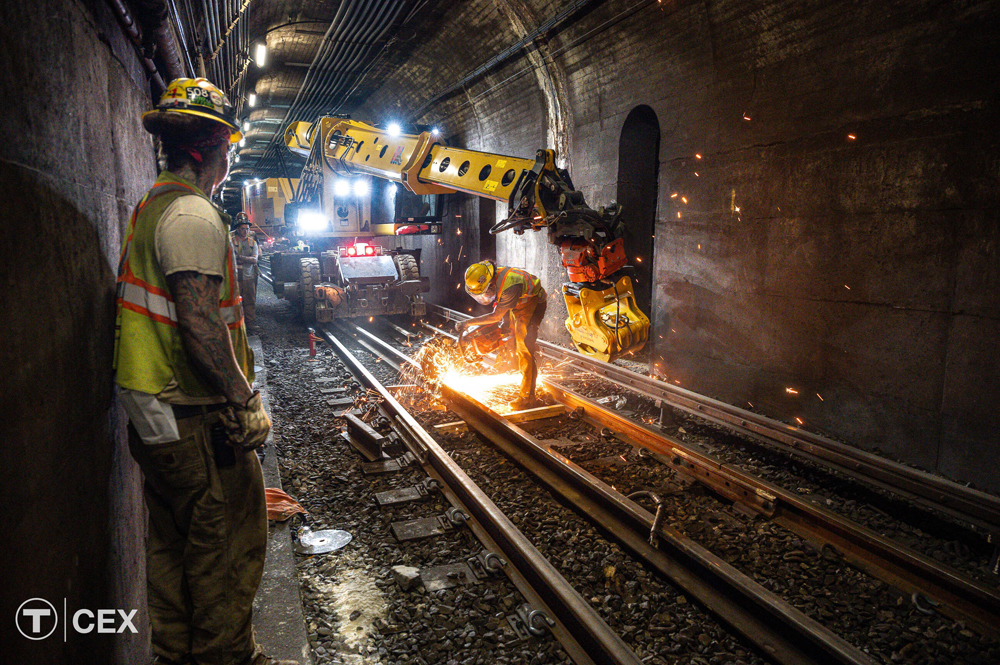
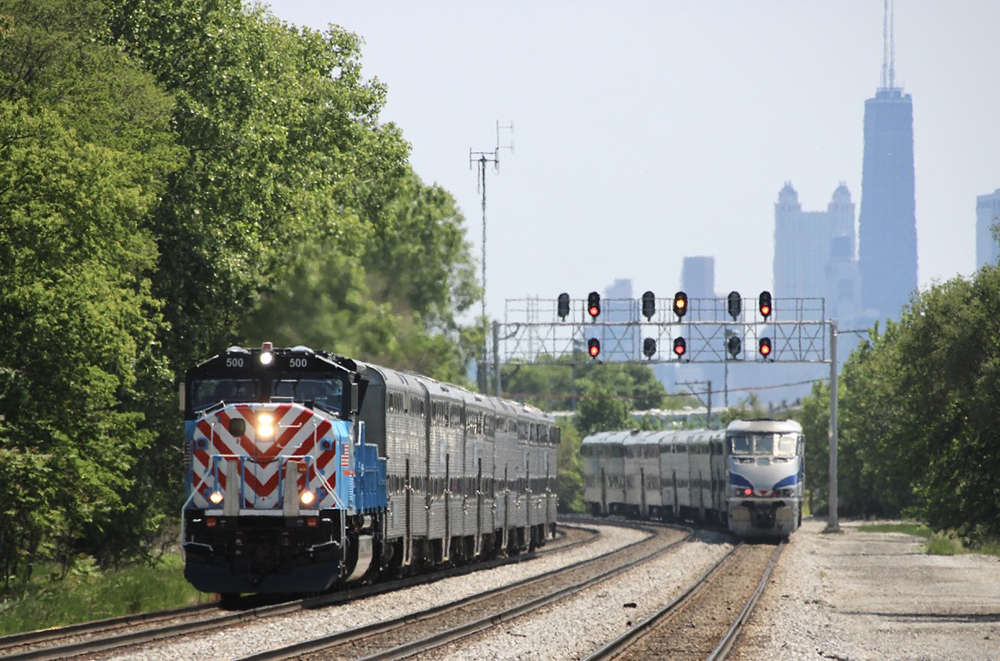




O.K. Bob, now you've done it, next you'll be drinking wine taking how to be rude lesson's and learning how to wave a white flag! Great article.